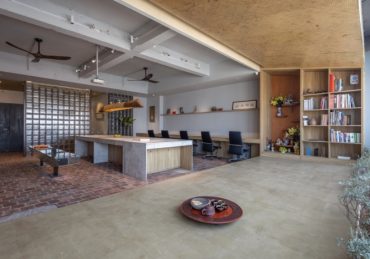Home Theater Design
| October 24, 2017A lot of planning goes into designing a home theater, not only placement of hardware but aesthetics and functionality. Certain questions arise when approaching these possibilities.
A. Is my system strong enough to support my theater?
B. What is the viewing size of my screen?
C. What is my viewing area?
D. How am I surrounding my audience?
E. How comfortable are my patrons?
Let’s start with “Is my system strong enough to support my theater”.
My first thought is what am I trying to accomplish with my theater? I arrive at this question as I look at craigslist.com in my area, because I see people selling hardware based on their “idea” of what good hardware is. Now let me say this that all of this is subjective, we all have our own thoughts and feelings about what is right and wrong and this is by now means concrete. These are my opinions only. So with that, let us proceed. If ever you have never ventured out to a high fidelity vendor, most of this will sound pompous.
If you regularity shop Best Buy or Circuit City I am sorry to say you have never heard great sound. Not to put those stores down but they serve the many not the few. And now a days they are providing better equipment, but my faith remains in the niche stores that know. Now, in hopes to save face, it is probably because you never knew to seek out such sources. So again, is my “system” strong enough to support my theater? Well, who are you trying to support? Are you a family of five, single, or is it just you and your wife/husband? For me it’s just me and my wife Cheri.
Anyway, a family of five will ultimately need more room obviously, so sound power becomes an issue naturally. A theater for less people becomes less stringent based on sheer volume. Not to say that quality needs to be reserved for the many, like I say it is just me and Cheri, yet we can support the many but reserve the quality for ourselves. Selfish? You decide.
Anywho, let us continue with the size of the viewing area. Now, this all becomes moot if we are sitting around a 27″ screen. Being that the whole HDTV thing is happening and the FCC is going digital at the end of 2009 we are talking about LCD’s and Plasma TV’s in the sizes of 48″ or greater, sorry, so, anything less is really not home theater, period, again my apologies.
Looking at the viewing area, if you are not containing your audience within your speakers more to the point if you have people outside your sound stage, then you have lost the effect that you have been trying to achieve all along. Understand this: A theater is dynamic. Once outside the envelope of sound, your theater is nothing more than a TV, loudly. You will have lost frontal dynamic, side surround encompass, and rear finality, and based on your financial commitment to your theater, depth as far as subsonic values.
I am amazed at all the formats of surround systems now available, currently 5.1, 7.1 and, 9.1 have their audiences. I am a fan of 7.1, which means two mains left and right a center channel two side surrounds and two rear surrounds. I have a subwoofer, however my front sound stage all employ subs built in so the .1 signal is sent to all three main speakers including my subwoofer which I can dial down to eliminate all the signals only to produce the frequencies that deliver the punch of deep bass. This becomes relevant in frequencies so low they are not heard but felt, like explosions that give movies realism.
Room size and personal preference yield to surround sound experience and there are no hard rules to go by. You as the buyer of your hardware would only know what you are attempting, but remember keep your audience within your sound stage but at the same time expand your sound stage as far as possible. This happens with experimentation and knowing your gear. Don’t be a hard head, read your owner’s manuals; the manufactures know your products better than you do, even if you don’t want to admit it.
Lastly, as the host of your theater, if you put all this time in to it, be gracious, you have all the time to enjoy your theater, let your guests sit in the best seats in the house.
Anthony R Jackson




